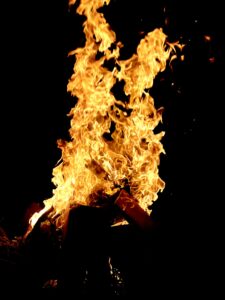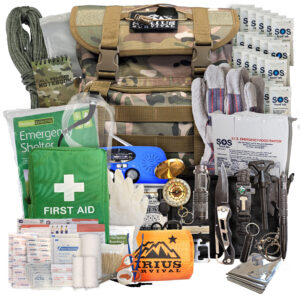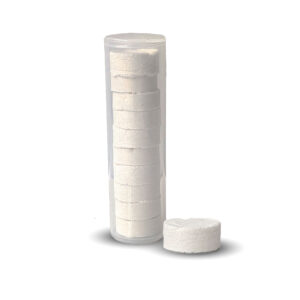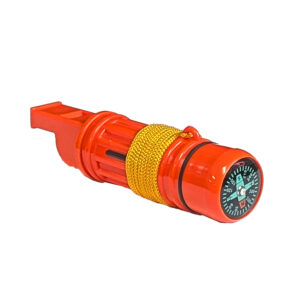Several weeks ago we talked about the varying degrees of burns that can occur. Hopefully, this is never something you have to experience. Unfortunately, first-degree burns are fairly common. In fact, since they aren’t commonly reported, there is limited data on how many people are experiencing first-degree burns each year. Touching a hot stove, getting a sunburn, or bumping into the curling iron are all ways that first-degree burns can occur.

First Degree Burns
If you have ever burned yourself then you probably know the first thing you should do is cool the burn. Immerse yourself, or the location of the burn, in cool tap water. You could also apply a cold compress. You should be using cool water, not cold. Do this for several minutes or until the pain subsides. Do not place ice directly on the burn. This may make the damage even worse.
After the initial pain has retreated you will want to apply petroleum jelly, aloe vera, or an antibiotic ointment. Wrap the area to protect it from outside materials. This can be done with a bandage or gauze if the area is large enough. Be sure that you are not wrapping it too tight and cutting off circulation, just tight enough to protect the area. Taking some acetaminophen will also help to relieve some of the pain.

Healing Process
Most first-degree burns resolve on their own in about a week. Since these types of burns are only impacting the top layer of skin, the symptoms commonly disappear after that top layer of skin has been shed and replaced. Again, this takes about a week or two.
Seeking Help
First-degree burns rarely need to be seen by a medical professional. You should seek help if the burn covers a large area of the body, if you are unsure if it is only a first-degree burn that you have suffered from, if you see any hints of an infection, or if the burn does not resolve on its own after two weeks.

Second Degree Burns
Second-degree burns are more serious and should be taken more seriously. These burns extend beyond the surface layer of the skin and since it is impacting numerous layers this can cause blistering. Sometimes blisters will pop and over time they will scab over. This extends the healing process of the burn.
Keeping the affected area clean is incredibly important with second-degree burns because sometimes it can take up to three weeks, or even longer for these types of burns to heal on their own. There can also sometimes be changes to the pigment of the skin after these types of burns.

As with a first-degree burn, you will immediately want to apply cool water or a cold compress. Take pain medication to help with the discomfort. Continue to apply antibiotic ointment as necessary and be sure you are keeping the area clean. Medical treatment may be needed for second-degree burns. Another tip is to drink plenty of fluids in order to avoid dehydration. Again, do not apply ice to the burn.
Seeking Help
You should also avoid picking at the burn site. Do not pop the blisters. Depending on the severity or location of the burn you will want to seek medical treatment. If a burn is extending over a large portion of the body a medical professional may clean the burn and apply antibiotic cream themselves. Hospital monitoring may also be required if a large enough area is affected.
Antibiotics may need to be prescribed if a doctor suspects there may be an infection. This is why it is important to clean the area and be sure that it is not being covered by clothing or other materials.
If your second-degree burn is especially serious, skin grafting may be needed. A skin graft is when a doctor uses skin from a different location on your body and transplants it to the area that is damaged. Skin naturally regenerates.
Healing Process
Recovering from second-degree burns varies on the location and severity. It can take from a few days to several weeks. If complications occur it will only prolong this healing process.

Third Degree Burns
Being the most severe burn, causing the most damage, and extending through every layer of the skin makes these burns the most difficult and time-consuming to treat.
You may be thinking that these types of burns are the most painful since they are the most damaging. However, this may not necessarily be true. Depending on the damage that is done, there may be little to no pain if there is nerve damage.

Seeking Help
Never attempt to self-treat a third-degree burn. For these burns, you must seek medical attention as soon as possible. While you are waiting for help you should make sure no clothing is stuck to the area. If is it, and you can safely and easily remove it, then do so. You can also help by raising the affected area above your heart. For example, if you burned your hand, raise it above your head while you wait for a medical professional.
Healing Process
Since these types of burns carry the most risk for complications and infections, it is extremely important to get them treated as soon as possible. These burns will heal with scarring, but if not treated properly, can lead to a lot more damage. There is no estimated timeline for the healing of third-degree burns. It can be months.





